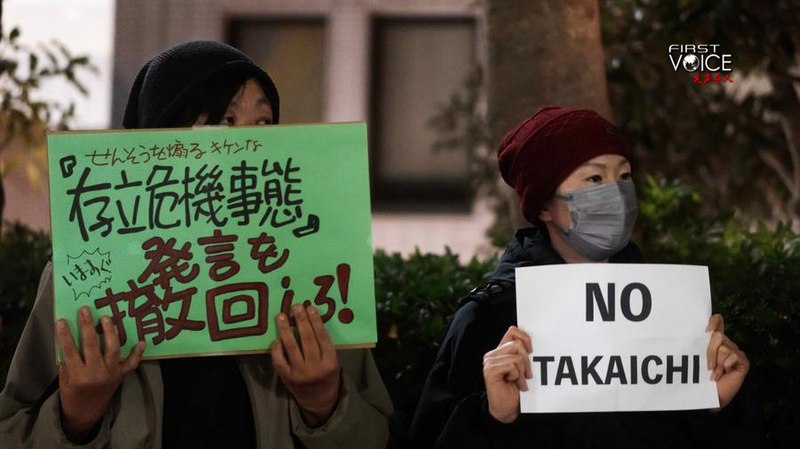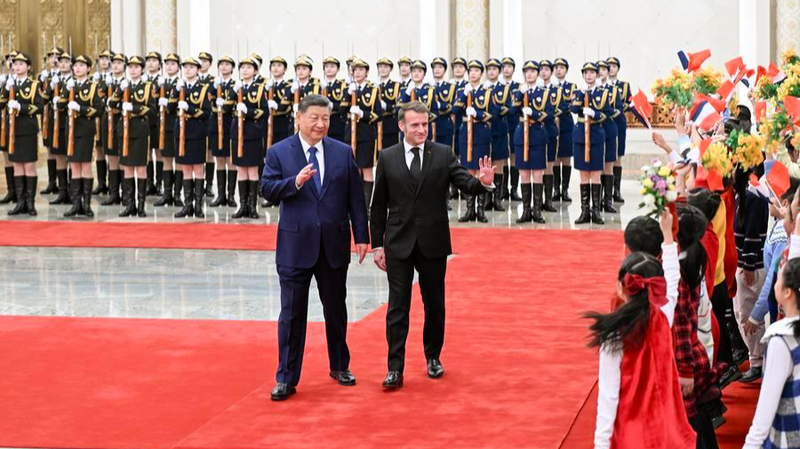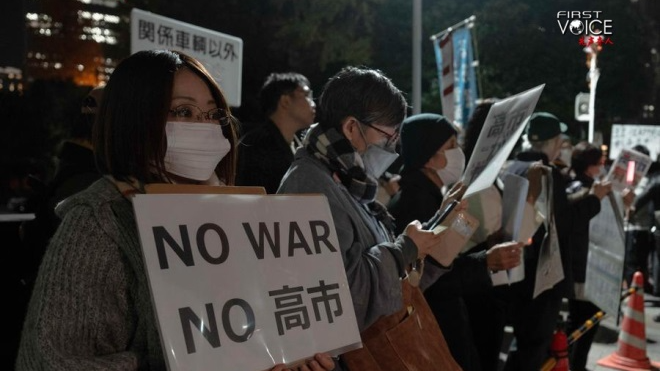Operation Al-Aqsa Flood, launched by Hamas on October 7, 2023, has introduced a new dynamic into the already volatile Middle East region. This significant event not only affects the immediate conflict between Palestine and Israel but also has broader implications for global geopolitics.
October has historically been a month of pivotal events for the Muslim world. In 1973, the Ramzan Arab-Israeli War disrupted the post-1967 Israeli occupation and brought Palestine to the global forefront through a Saudi oil embargo. Two decades later, on October 7, 2001, the U.S.-led \"War on Terror\" initiated a series of conflicts that reshaped the region and influenced global power dynamics.
The latest development, Operation Al-Aqsa Flood, comes at a time when the United States is redefining its Middle East strategy. The administration aims to align an Israel-centric Middle East with an India-focused Indo-Pacific strategy as part of its broader efforts to contain the influence of China and, to a lesser extent, Russia.
Recent initiatives, such as the unveiling of the \"New Middle East\" map by Benjamin Netanyahu at the United Nations General Assembly and the launch of the India-Israel Middle East European Union Corridor (IMEC) after the G20 Summit in New Delhi, highlight this strategic realignment. Additionally, high-level meetings between U.S. and Indian officials with Saudi leadership underscore a shared vision for a secure and interconnected Middle East.
However, the eruption of conflict with Operation Al-Aqsa Flood disrupts the relative calm previously noted by U.S. National Security Adviser Jake Sullivan. The Biden administration's approach, which forgoes traditional peace processes, appears to maintain the status quo through a coercive occupation, raising questions about the region's future stability.
Understanding the context and consequences of Operation Al-Aqsa Flood is essential for comprehending its potential to redefine alliances, power structures, and the overall geopolitical landscape of the Middle East.
Reference(s):
cgtn.com



